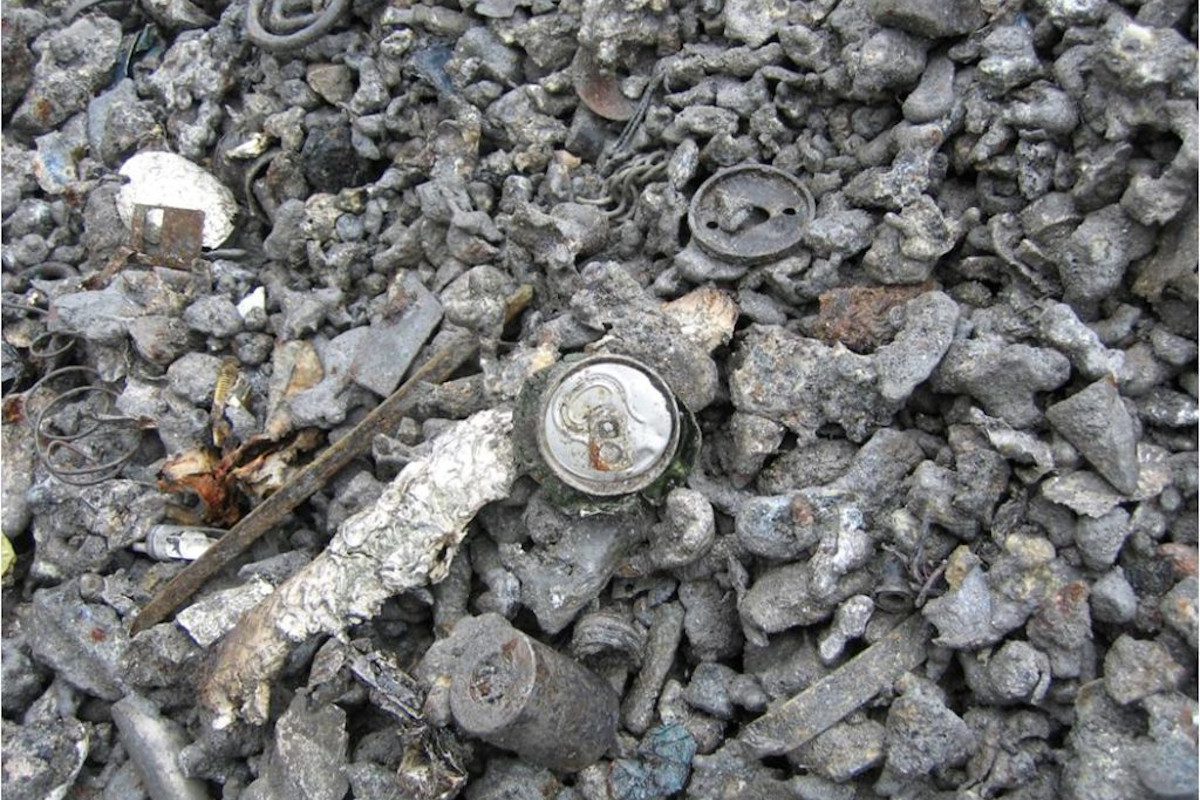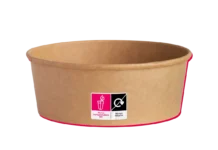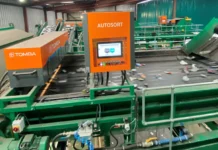
Rick Hindley, executive director at Alupro, explains the benefits of recovering aluminium packaging from incinerator bottom ash (IBA) and how returning it to the value chain helps contribute to a circular economy.
Did you know that valuable metal packaging that escapes kerbside recycling can still be recovered and recycled? Well, thanks to continued innovation from across the waste management supply chain, it can! In fact, data from the Environment Agency shows that the amount of aluminium packaging recovered from IBA (the by-product of municipal waste incineration) rose by 4.5% last year (from 25,546 tonnes in 2018 to 26,696 tonnes in 2019).
But how exactly is aluminium removed and recycled from IBA? Can it return to the value chain and be made into new packaging products? What’s more, does it lose its superior properties during the energy recovery process? In this article, I’ll tackle each question in turn, explaining the benefits and challenges associated with recovering aluminium from IBA.
Turning waste into a resource
For the uninitiated, energy recovery is a relatively straightforward process. An alternative waste management solution to landfill disposal, municipal solid waste (MSW) is collected from households nationwide and transported to nearby energy from waste (EfW) facilities. Material with high calorific value is passed through an incinerator, creating heat and power, while the residue (known as IBA) is removed as a by-product from the bottom of the furnace.
Typically comprising glass, porcelain, stone, sand, brick, concrete and clinker, alongside both ferrous and non-ferrous metals, the IBA is sold to specialist aggregate companies, who separate, clean and treat it. The aggregate is used primarily in the construction industry, while the non-ferrous metals (found as melted and re-solidified shapes) are removed for recycling.
Earlier this year, I visited the Scanmetals facility in Willenhall to see exactly how aluminium and other non-ferrous metals are recovered from the incineration of municipal waste. A market leader in IBA metal recovery, the company has been operational in the UK since 2017.
At the start of the recovery process, IBA material is dropped off by bulk haulage into the arrival bay. Aggregate from each EfW facility is kept separate, which makes it easier to report back local authority recycling rates further down the line. PRNs can also be issued for the aluminium packaging recovered for recycling.
Next, the aggregate material is loaded into hoppers, before passing through two drying machines to remove dirt and moisture. Once dry, the material is conveyed through complex sorting equipment, where it is separated into different fractions (down to a size of 0.5mm). This process uses eddy current separators and industrial magnets to grade the material, alongside more intricate technologies to maximise purity rates.
The resulting fractions are quality checked and stored for onward travel to reprocessing companies. The sheer variety of materials is hugely impressive – everything from copper, brass, zinc and stainless steel, to a variety of coins and aluminium.
An incredible process to watch, Scanmetals shows that zero metal waste is achieveable. In fact, when combined with kerbside recycling rates, more than 52% of all UK aluminium packaging and 75% of aluminium drinking cans are recycled every year.
Dispelling the myths surrounding IBA recovery
The IBA recovery process practiced by Scanmetals dispels a common misconception – aluminium that escapes kerbside recycling isn’t necessarily lost forever in landfill. In fact, more than 26,000 tonnes is reclaimed and recycled every year thanks to innovative separation technology. While only a small fraction of the total aluminium collected for recycling every year, this is still an important volume that would otherwise be lost.
Another misconception is that aluminium recovered from IBA is almost useless once recycled. Again, this simply isn’t the case. In fact, as incinerators run at such high temperatures, the aluminium melts and reforms as globules once the IBA cools.
Once separated, graded and cleaned, the recovered aluminium can be used in a variety of high value applications. Most commonly, it’s recycled to form diecasting ingots for the automotive industry (essential for manufacturing engine blocks), but work is also underway to develop pioneering techniques to achieve the purity rates required in the production of aluminium packaging materials.
Compared to using virgin resources, recovering aluminium from IBA is not only cheaper, but also considerably more environmentally friendly. In fact, recycling aluminium saves around 95% of the energy needed to make the metal from raw materials.
Will IBA recovery rates continue to increase in the UK?
With landfill space depleting and energy recovery technology continuing to progress, the UK is noticeably increasing its reliance on EfW solutions. While controversial, this is good news – alongside the obvious benefit of power generation (turning waste into a resource), IBA recovery helps us to recycle an even greater volume of aluminium packaging every year.
However, it’s hugely important to remember the position of EfW in the waste hierarchy. While it may prove a ‘catch-all’ for metal packaging that escapes kerbside recycling collections, it shouldn’t be a reason to reduce our focus on best practice municipal recycling measures.
Alongside creating complex alloy materials, rather than single-source metals for use in infinitely recyclable packaging products, the cost implication of incinerating waste and then recovering aluminium from IBA is much greater than traditional recycling processes. As such, we should see it as an added benefit, rather than a widespread solution.
As the most flexible and easiest packaging material to recycle, more than half of aluminium packaging is currently recycled (52%), with rates continuing to increase incrementally (11% since 2010). Infinitely recyclable, reformed endlessly and retaining its properties indefinitely, nearly 75% of all aluminium ever produced worldwide is still in use today – the perfect, infinite, circular economy.
It’s essential, therefore, that kerbside recycling rates continue to increase and that we continue to prioritise the use of aluminium as a sustainable packaging material. Aluminium recovered from IBA absolutely contributes to a circular economy and we firmly advocate the process, so long as our national vision of 100% aluminium recycling rates is maintained.







